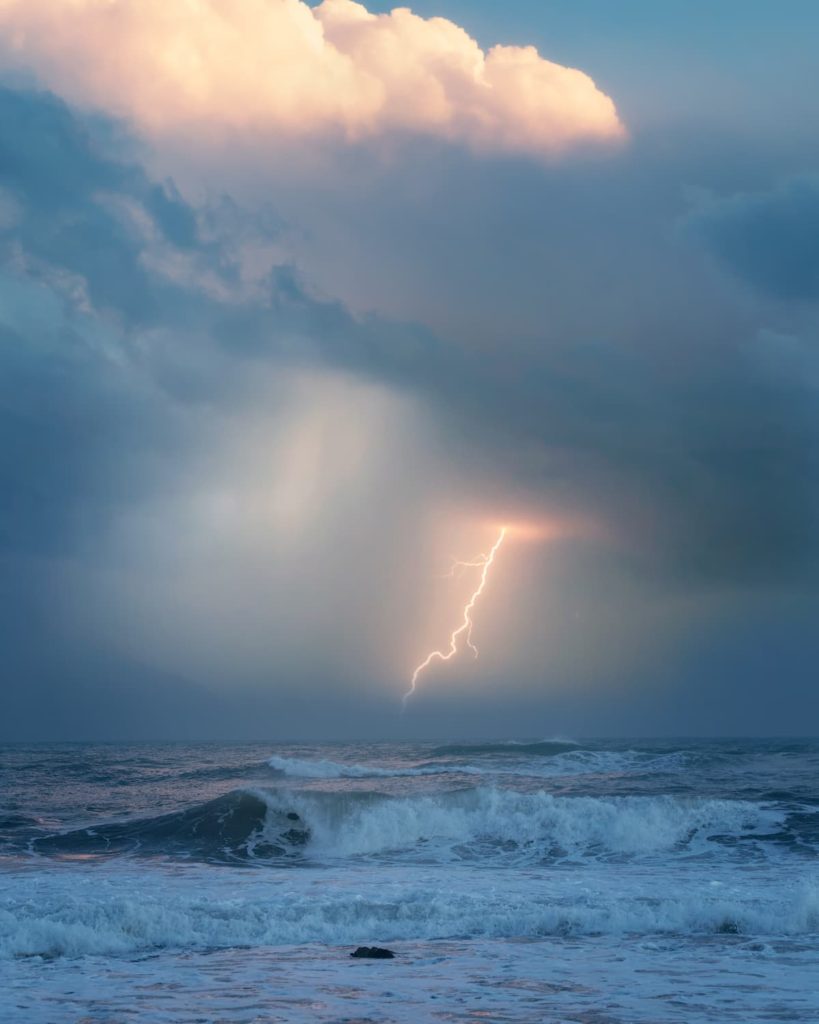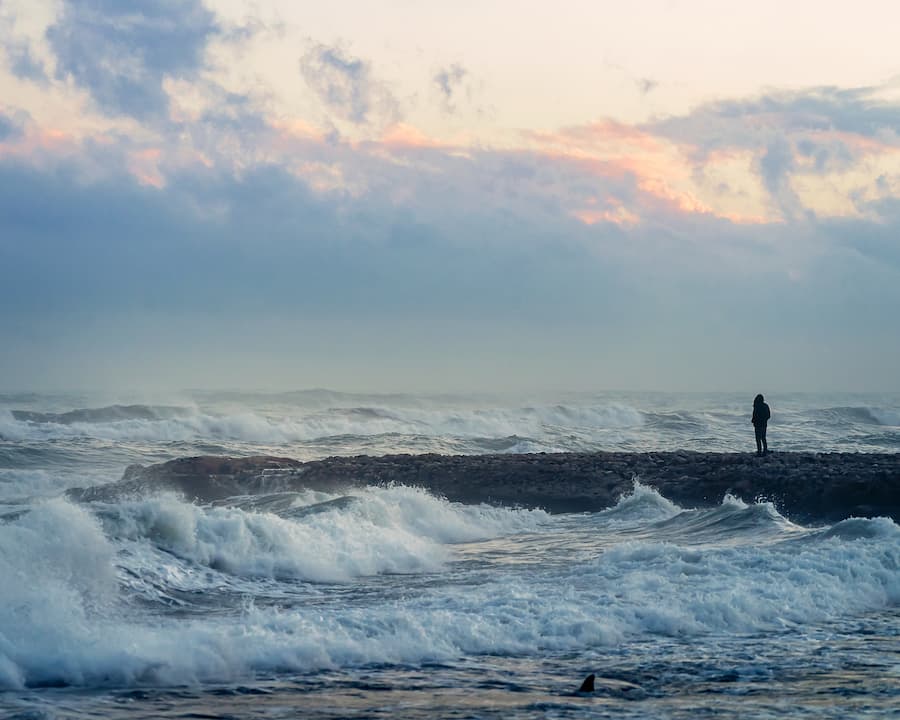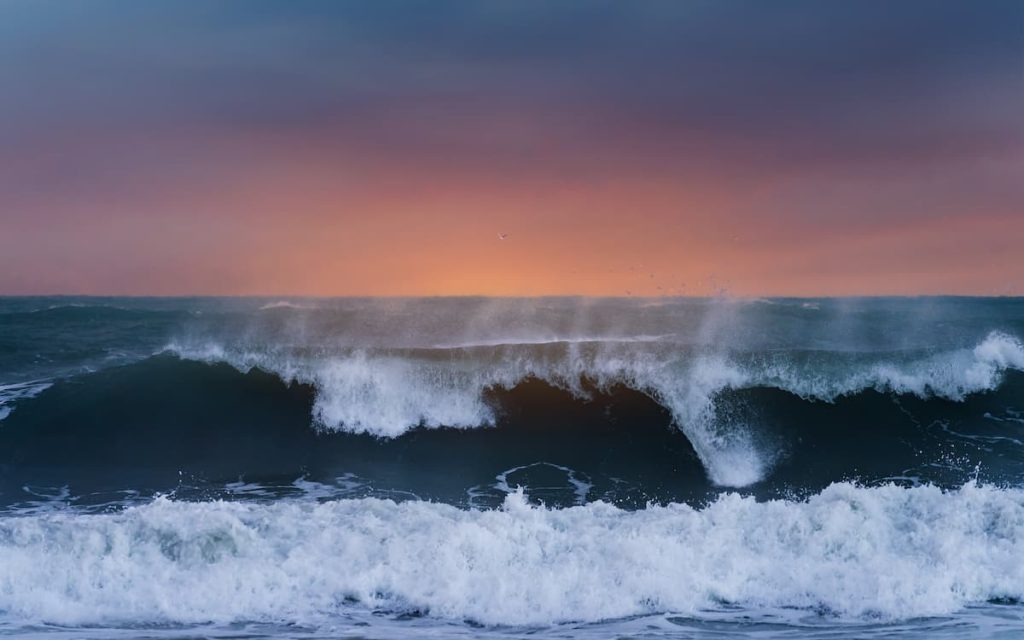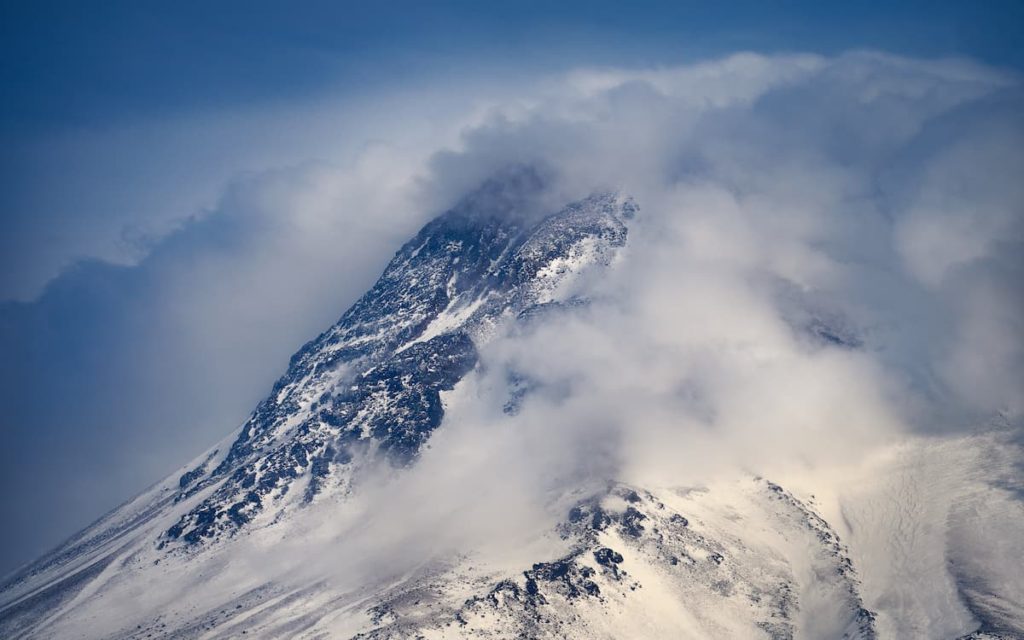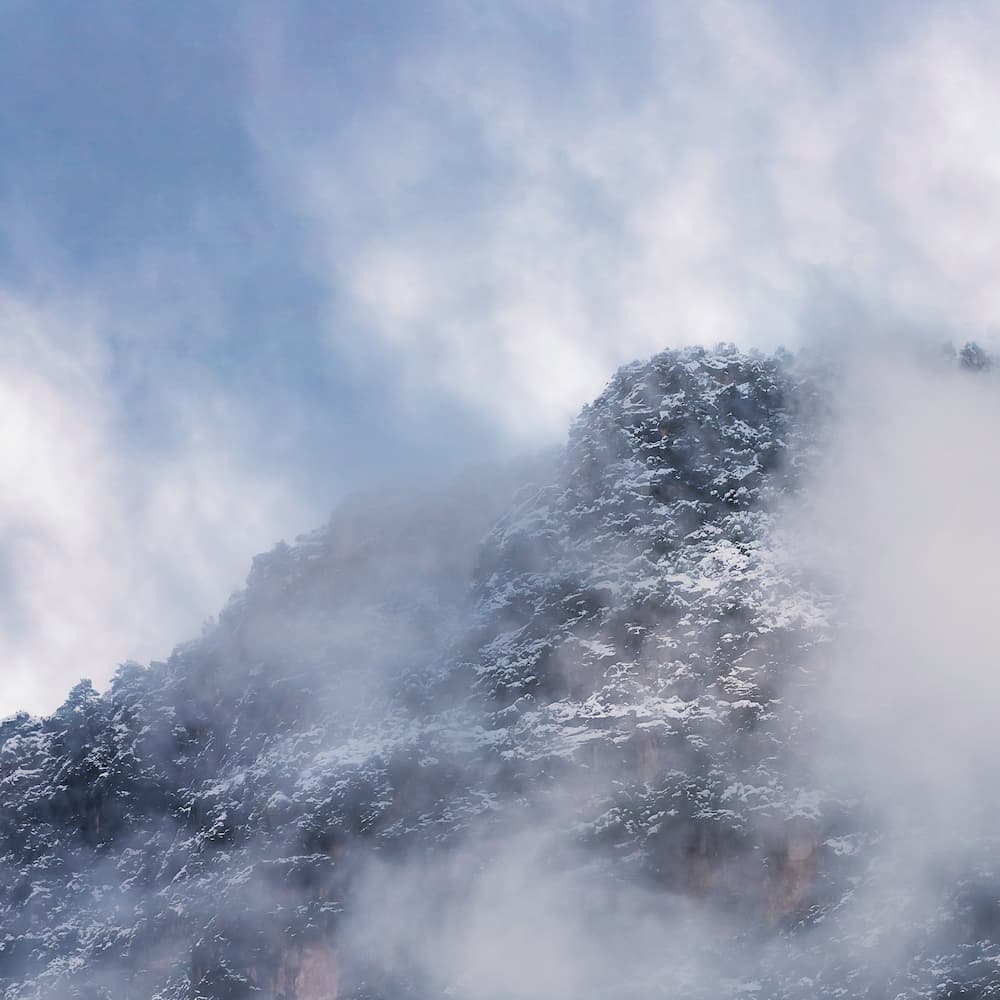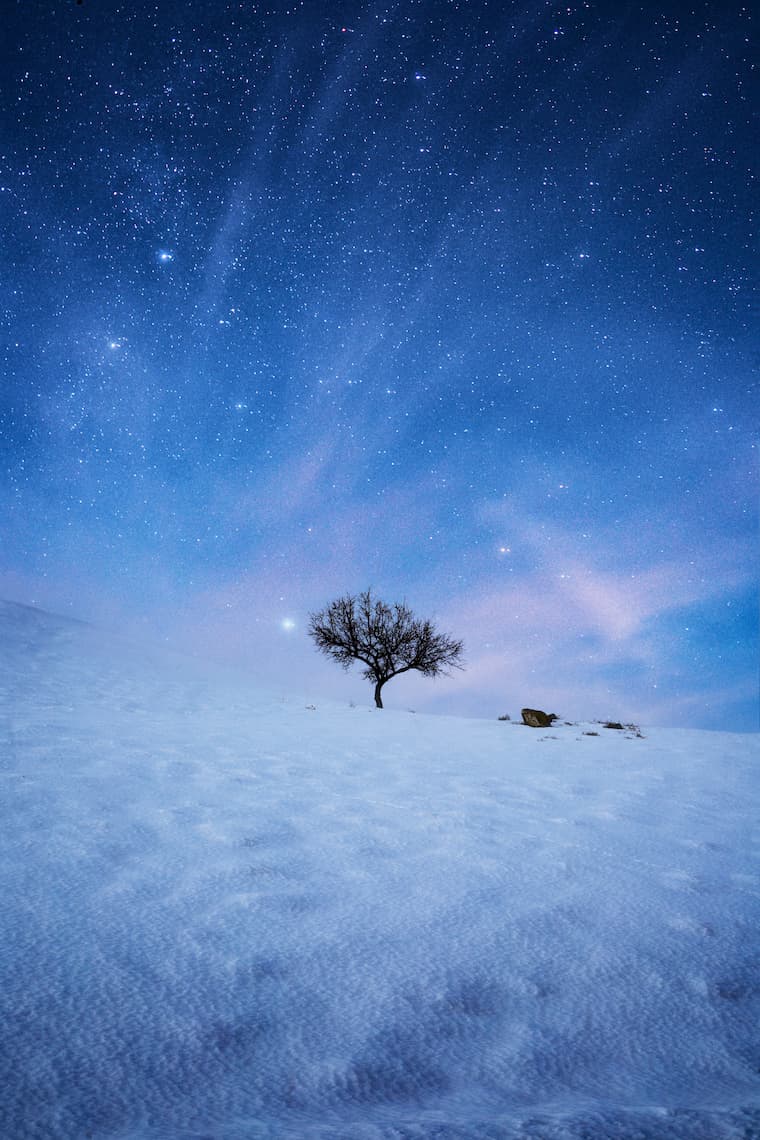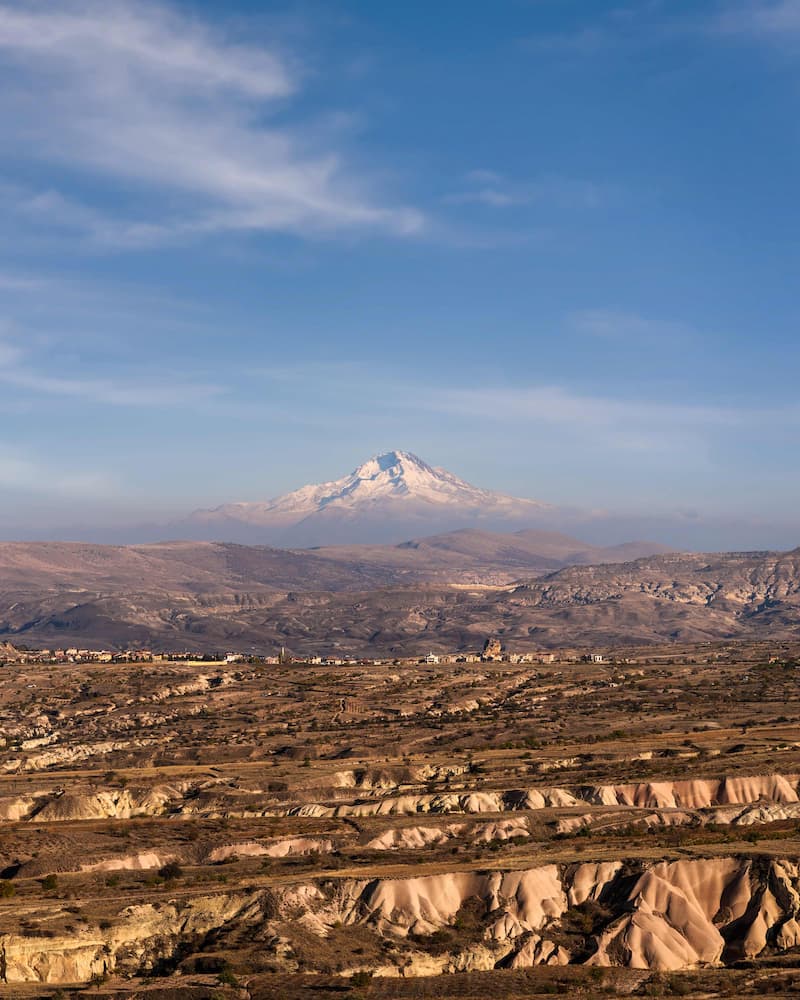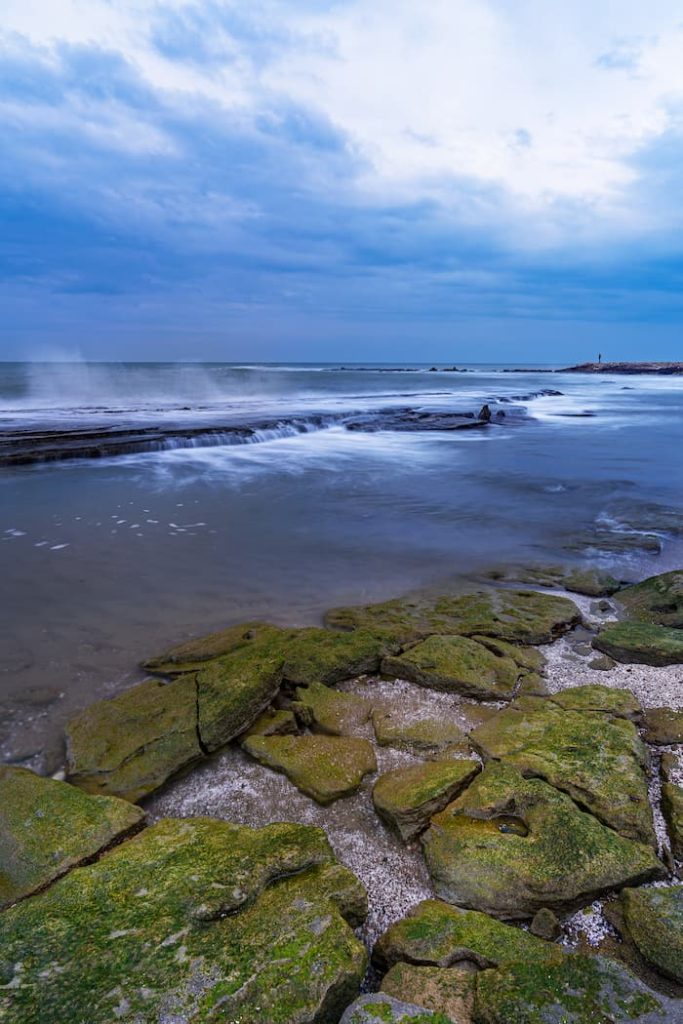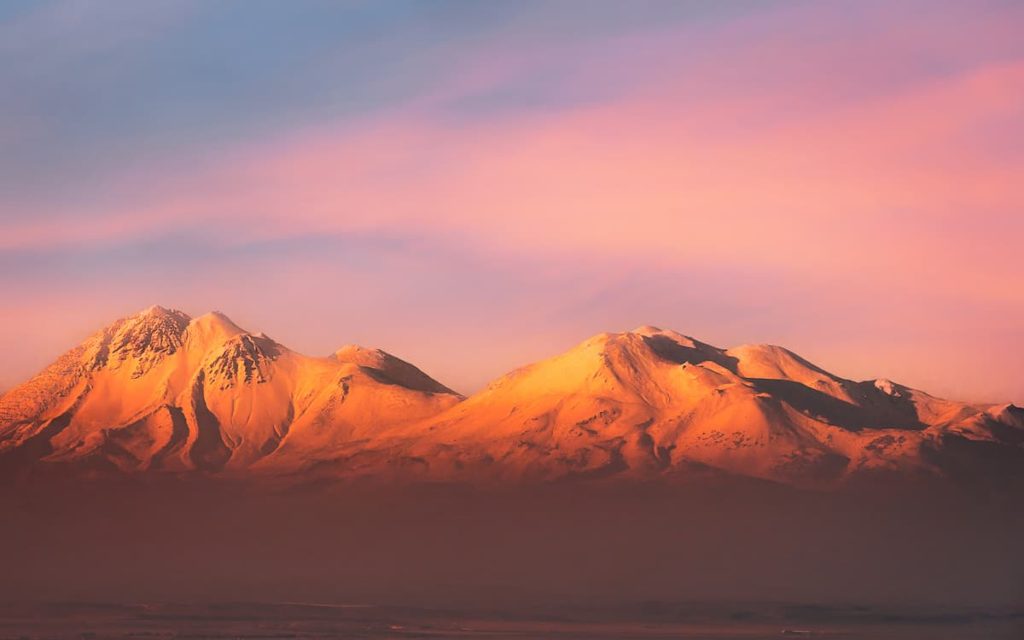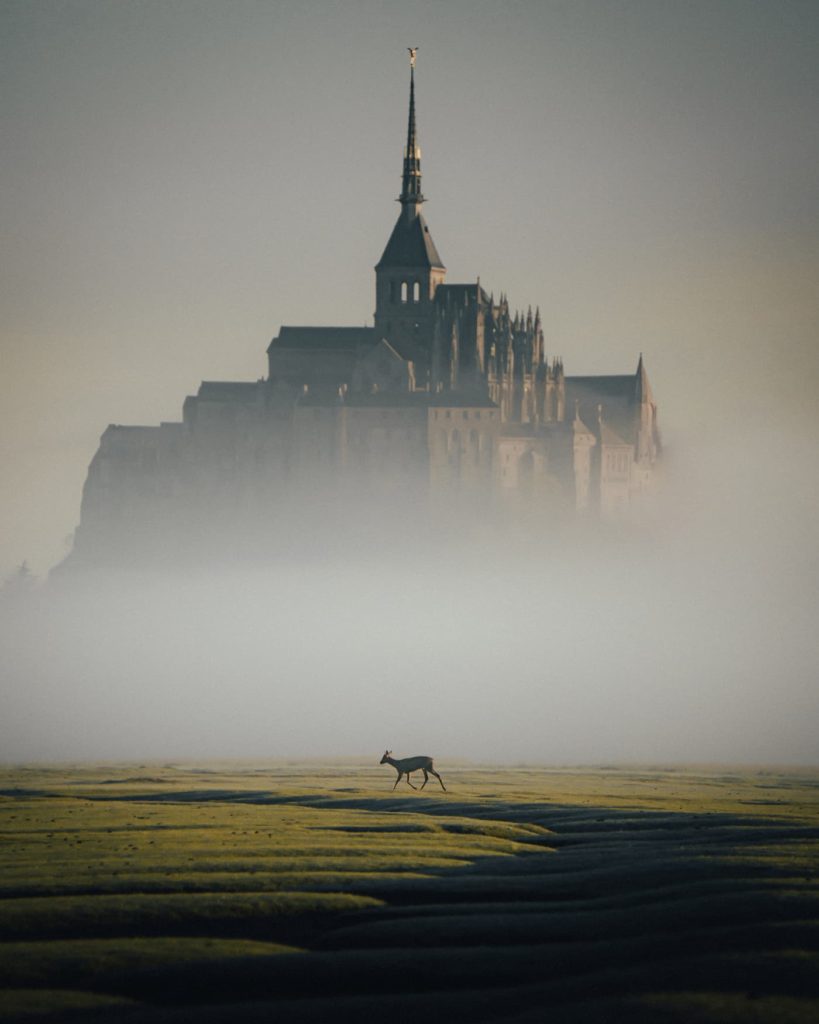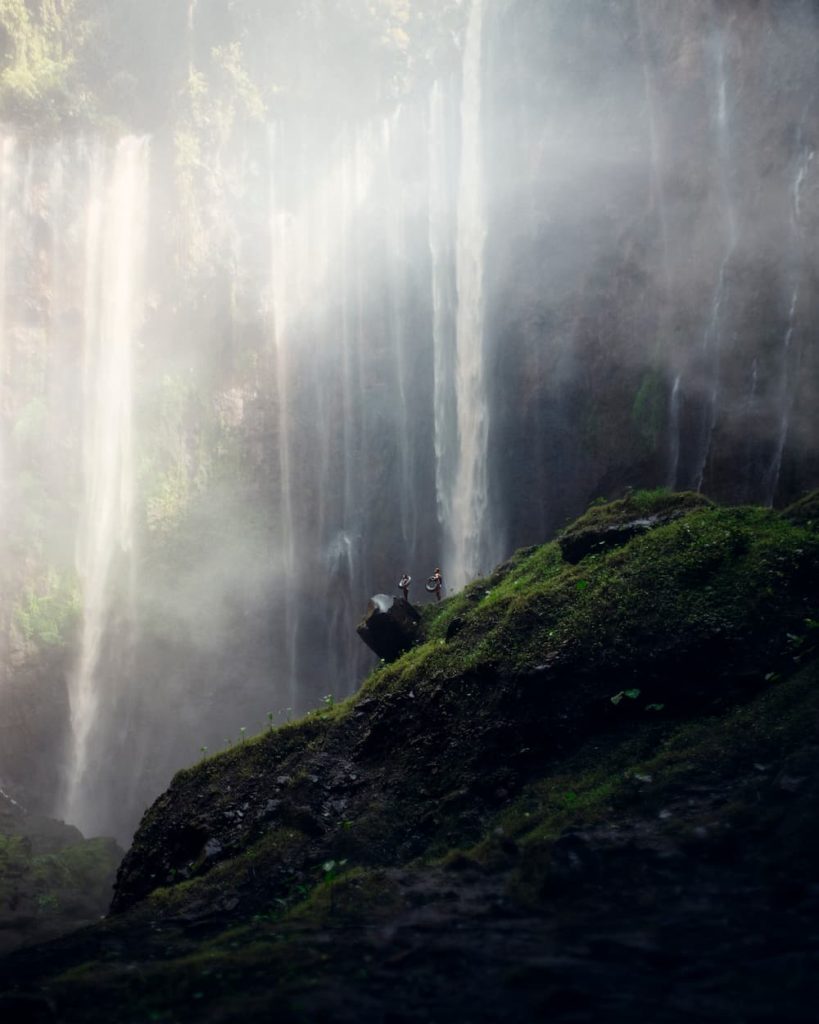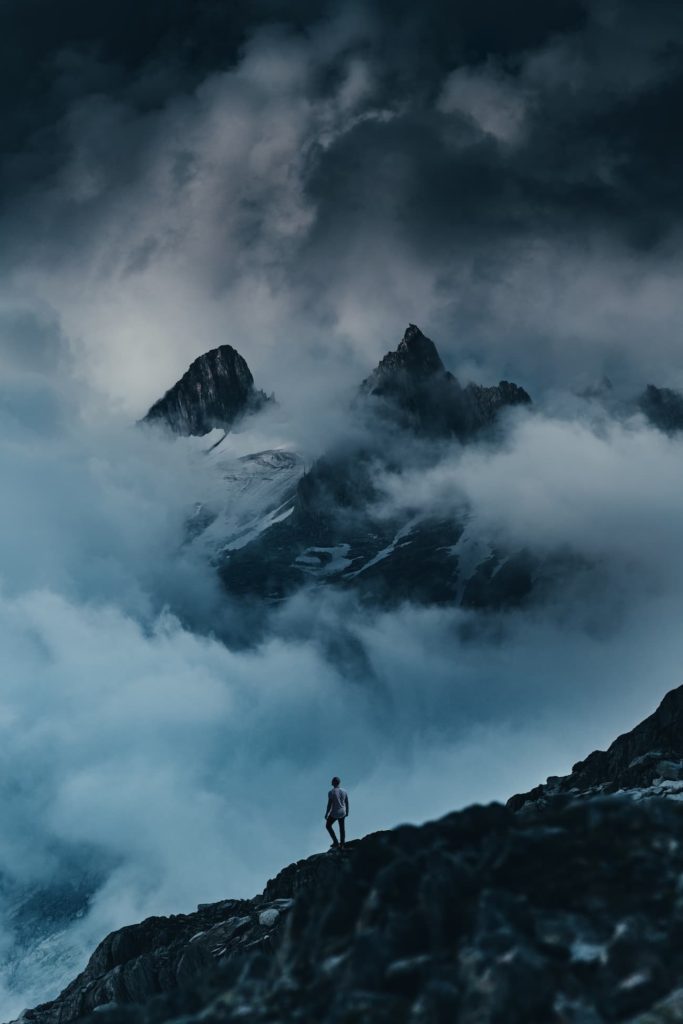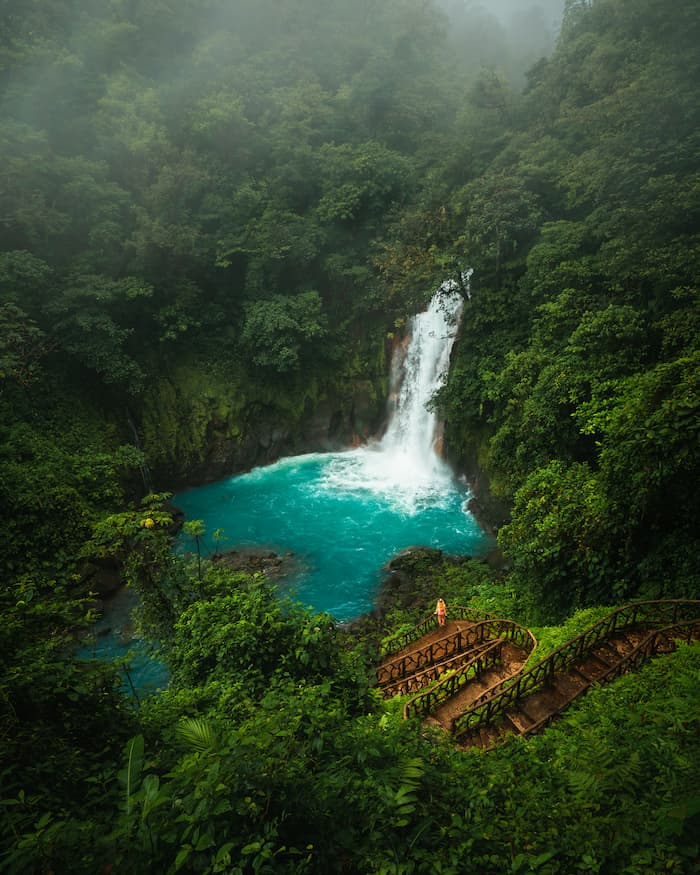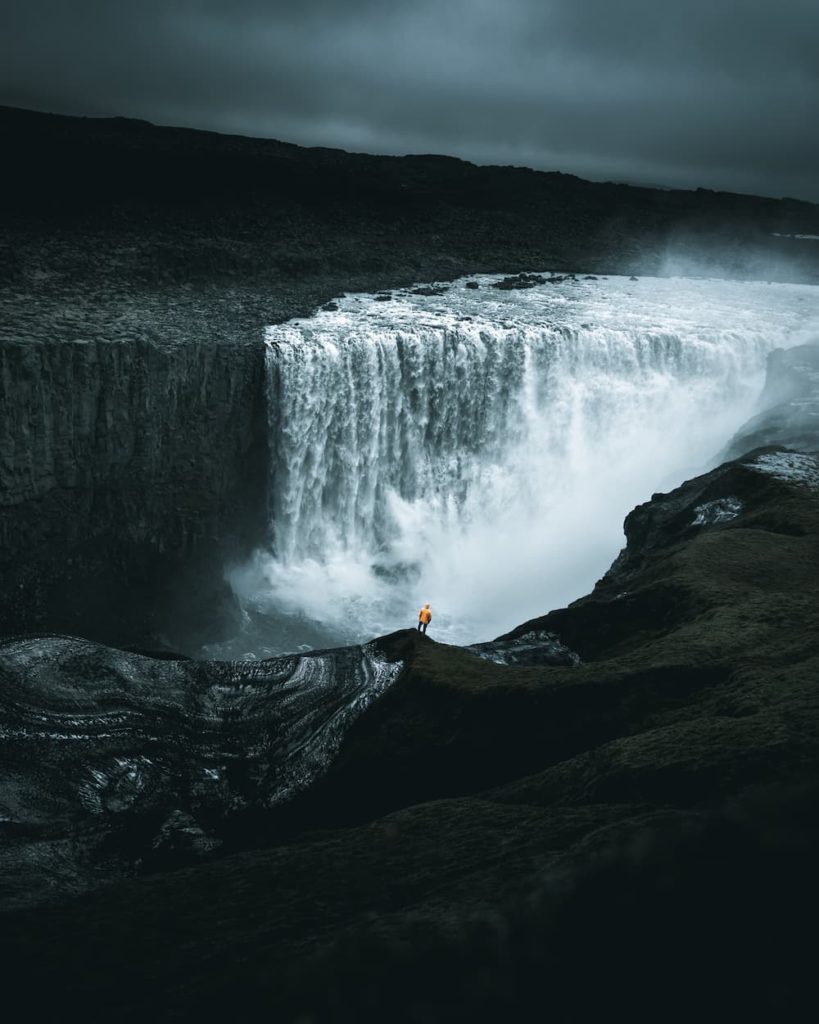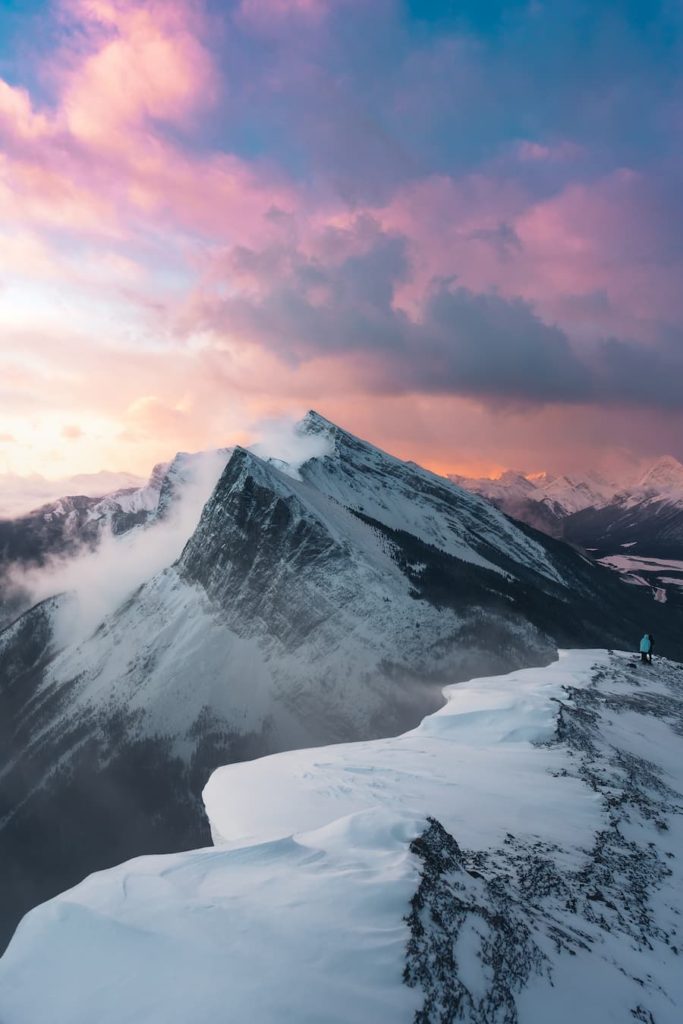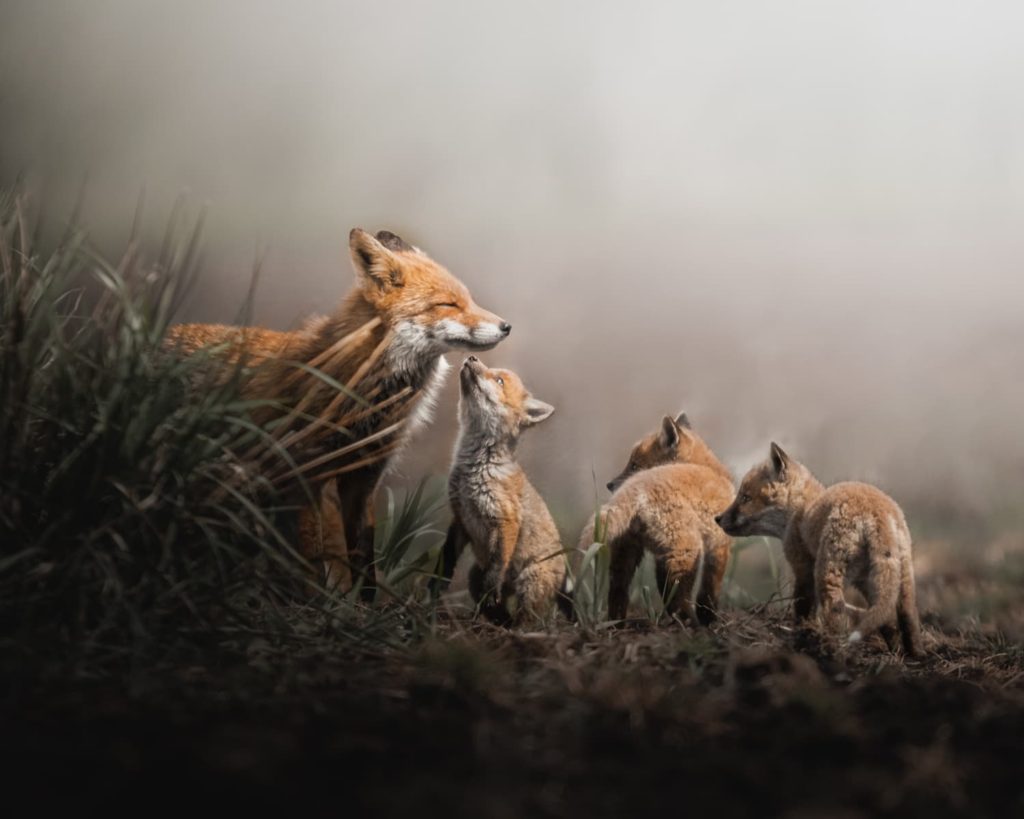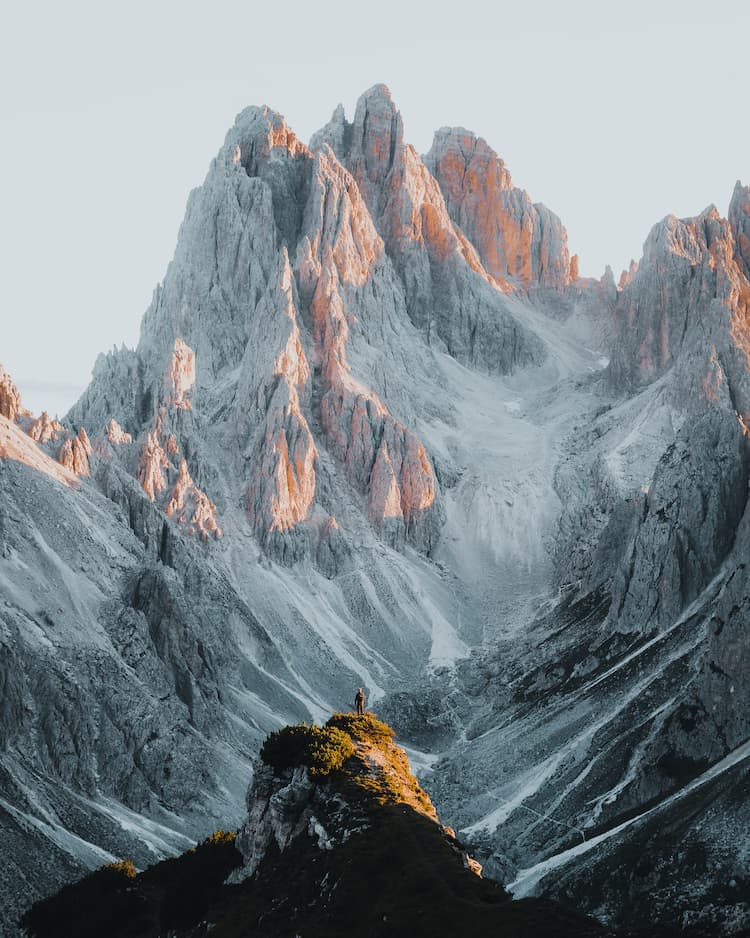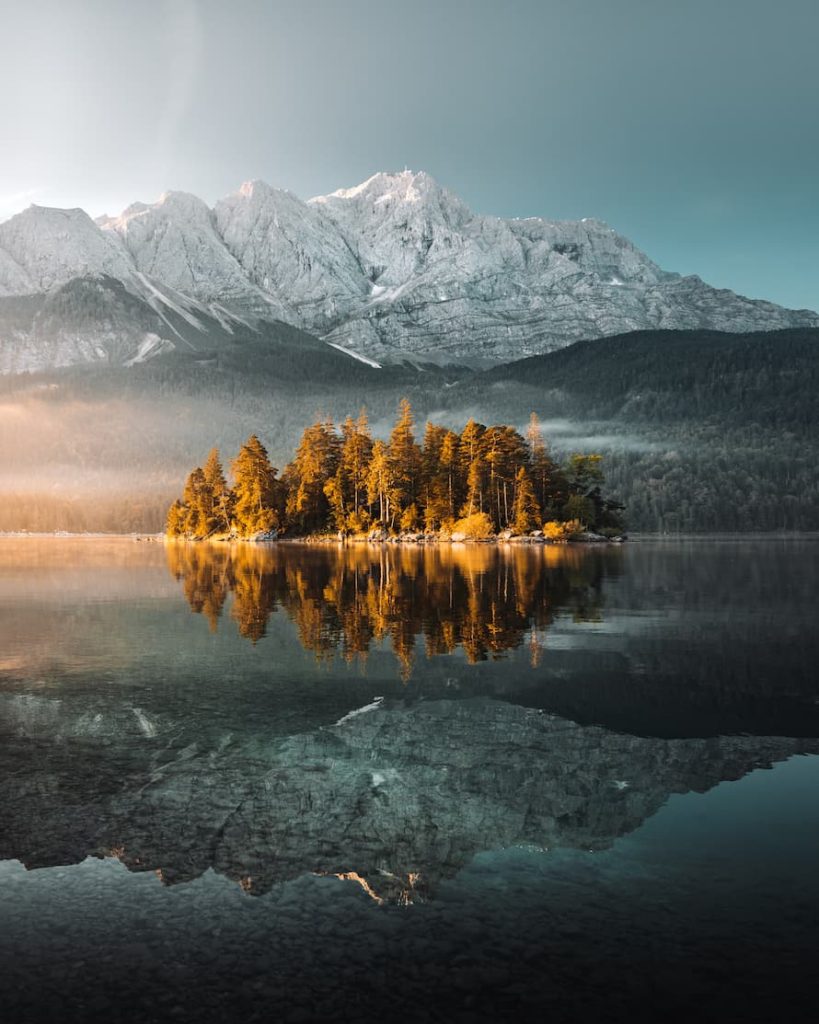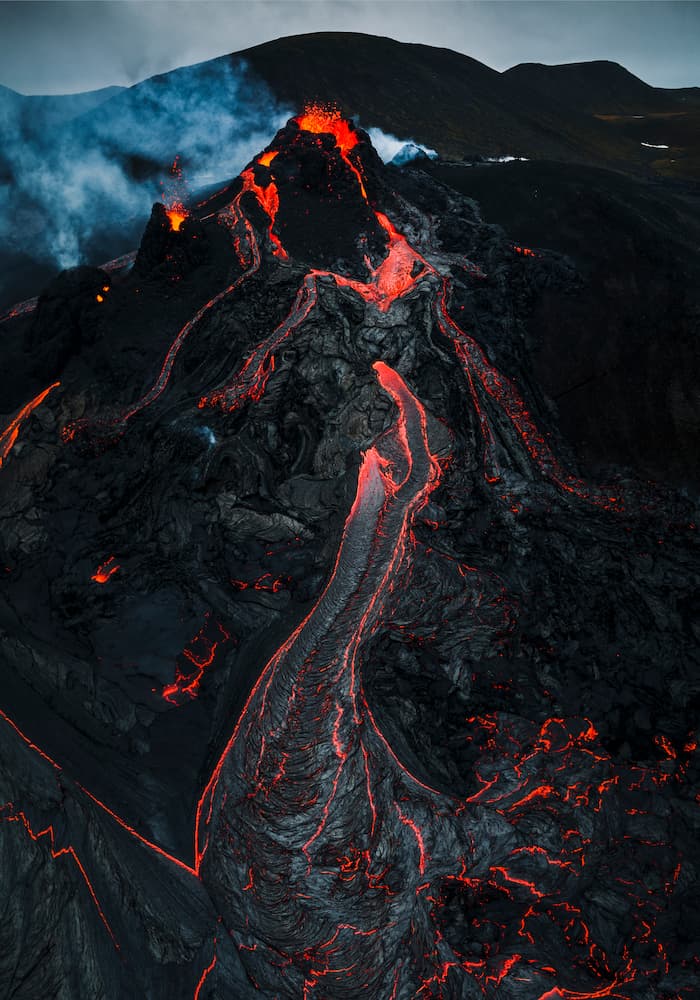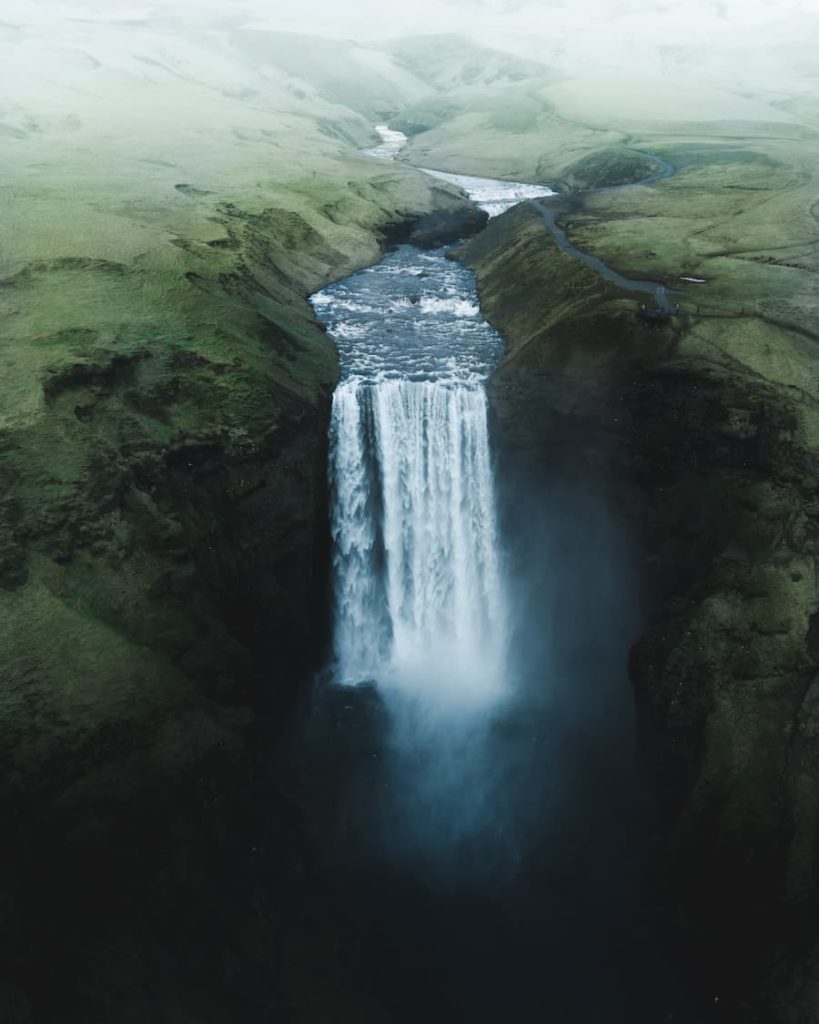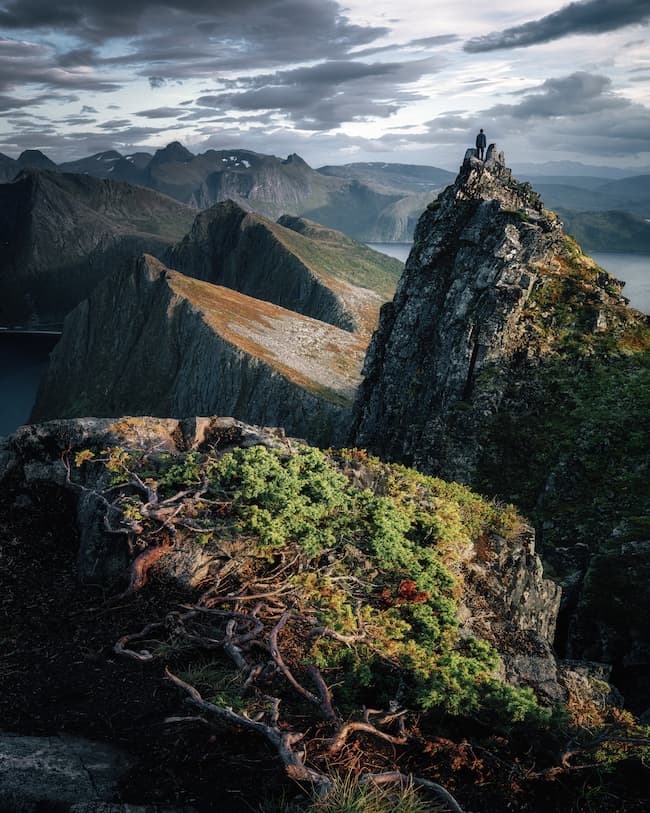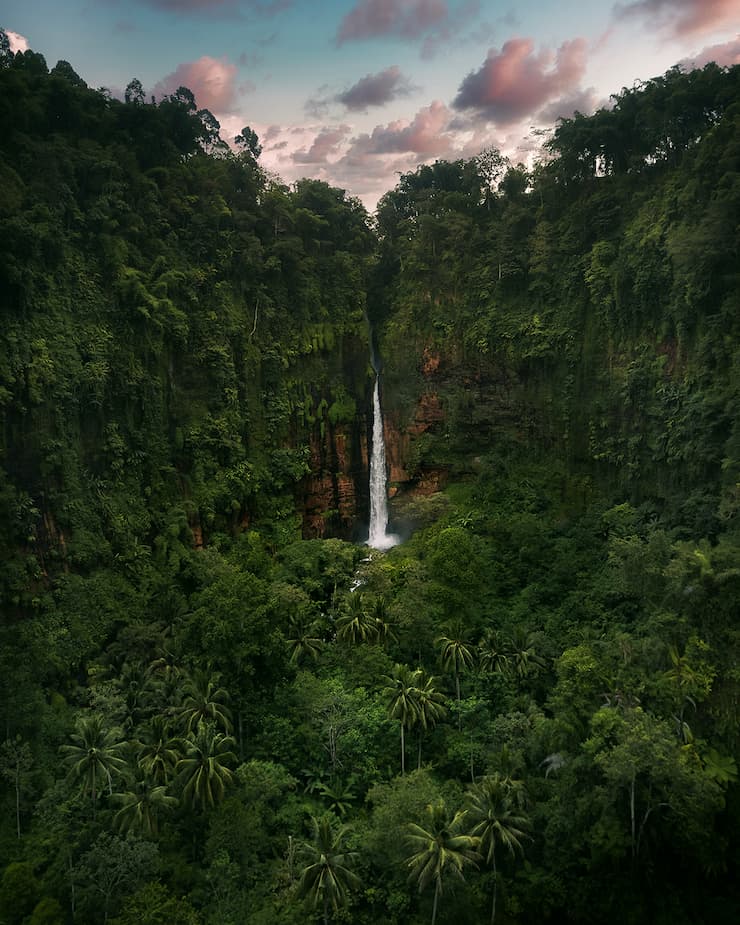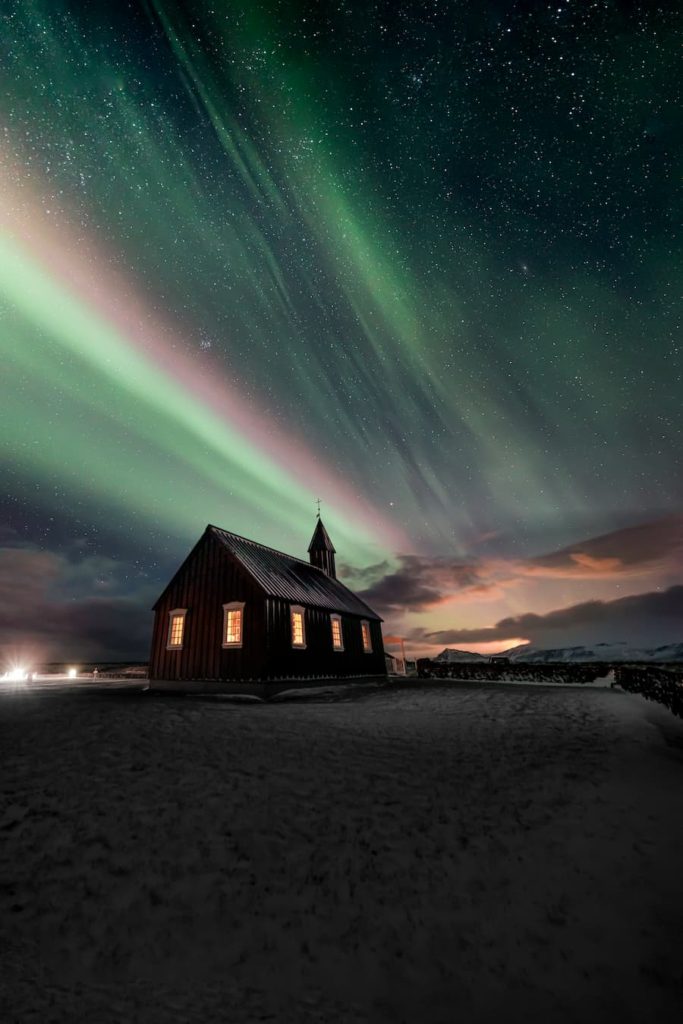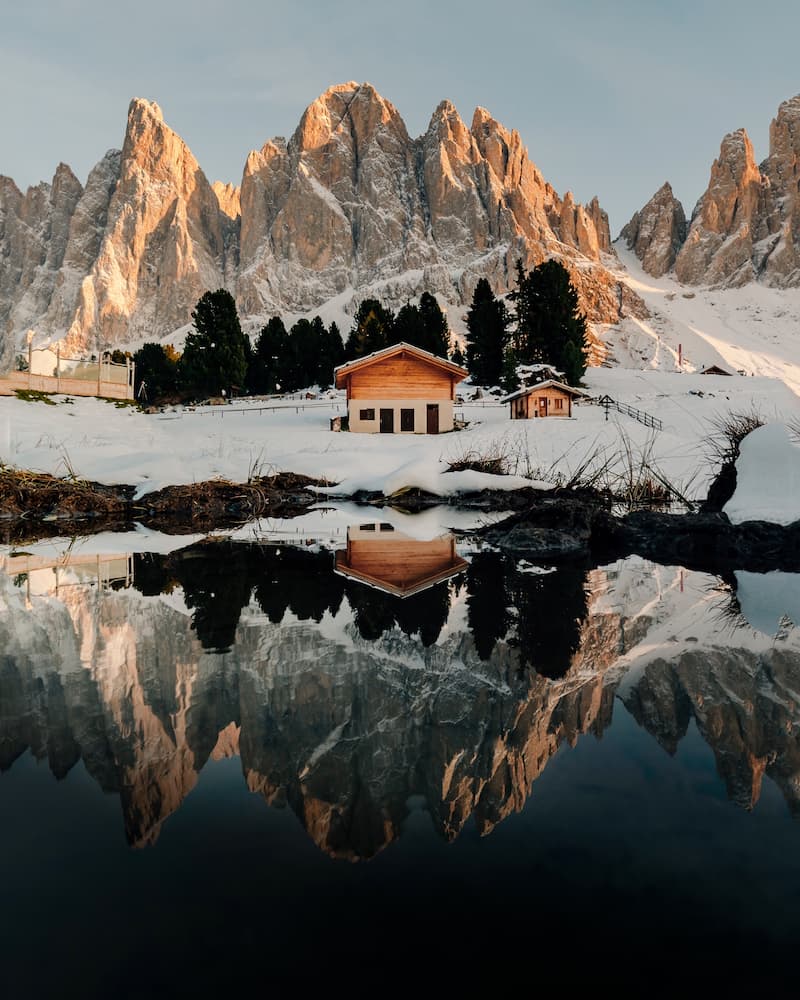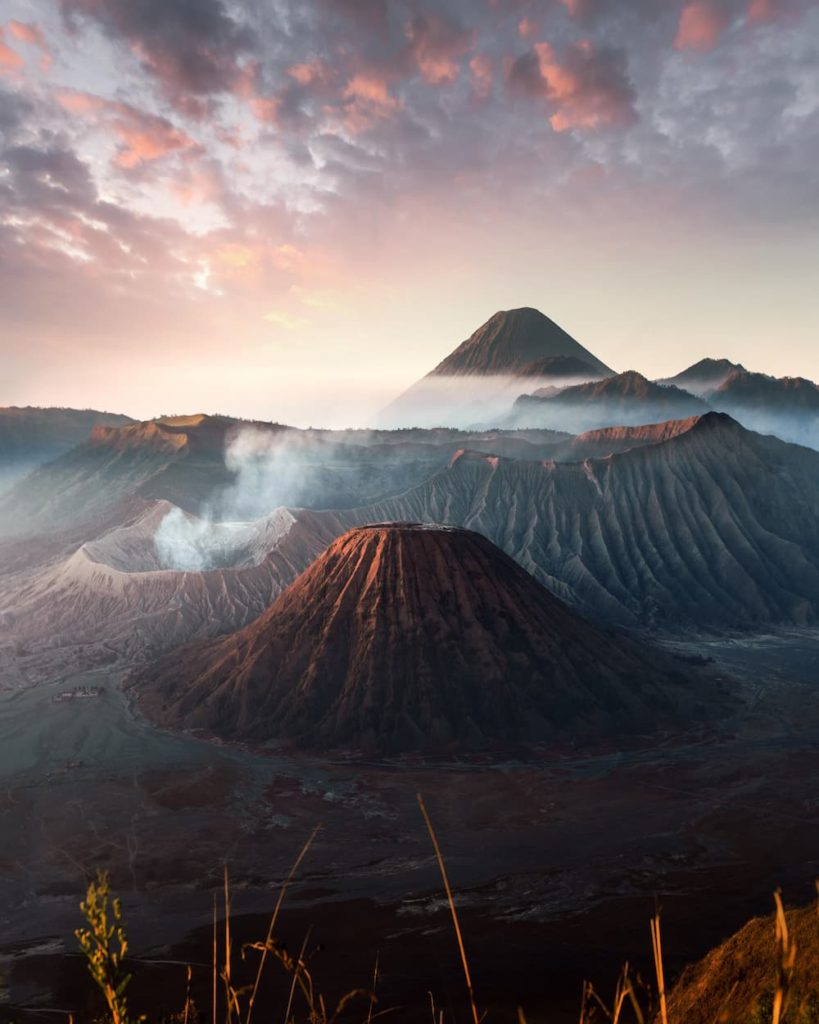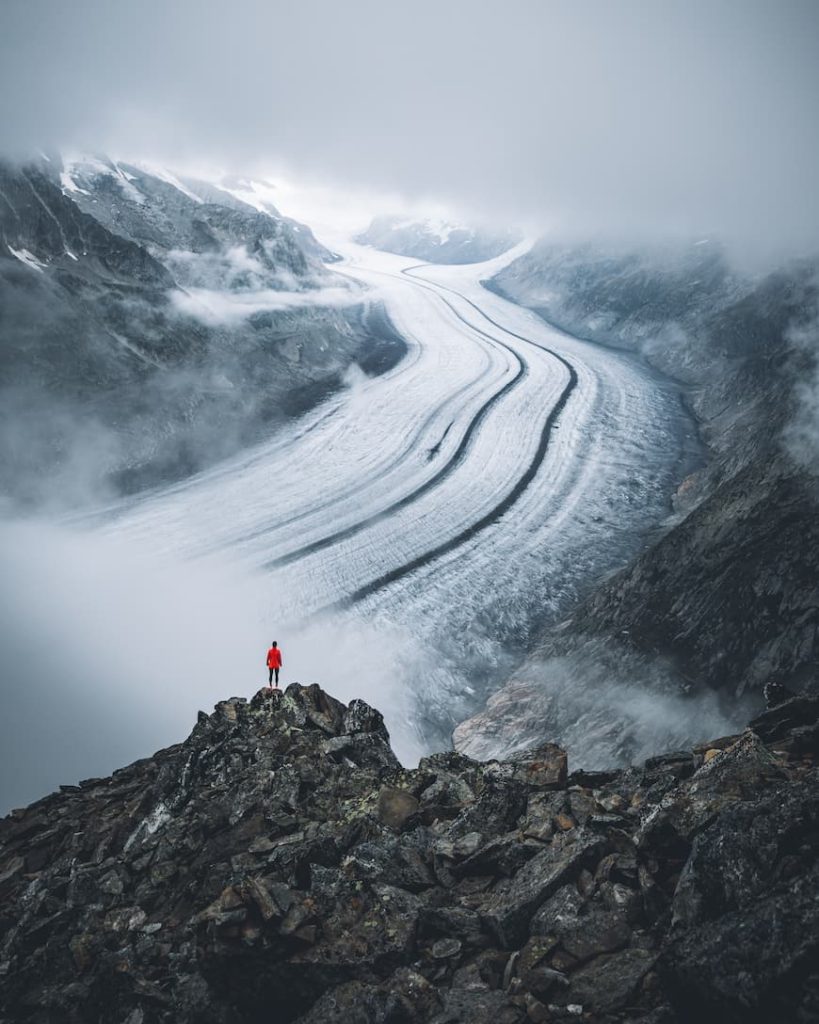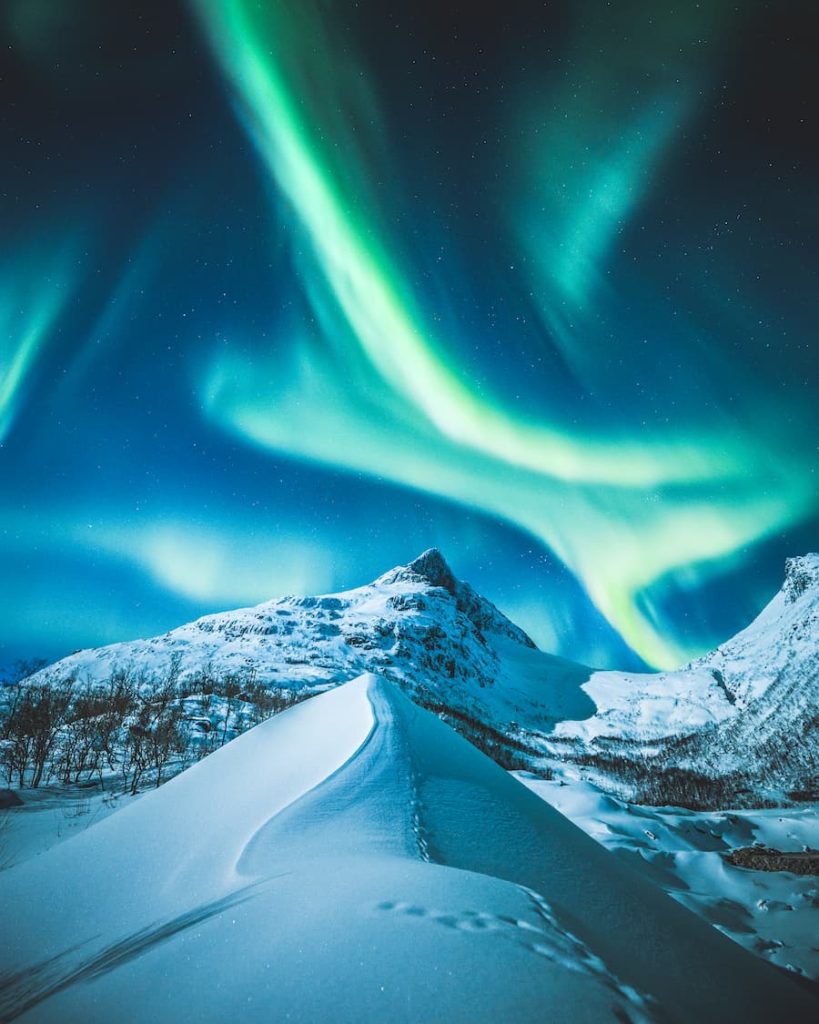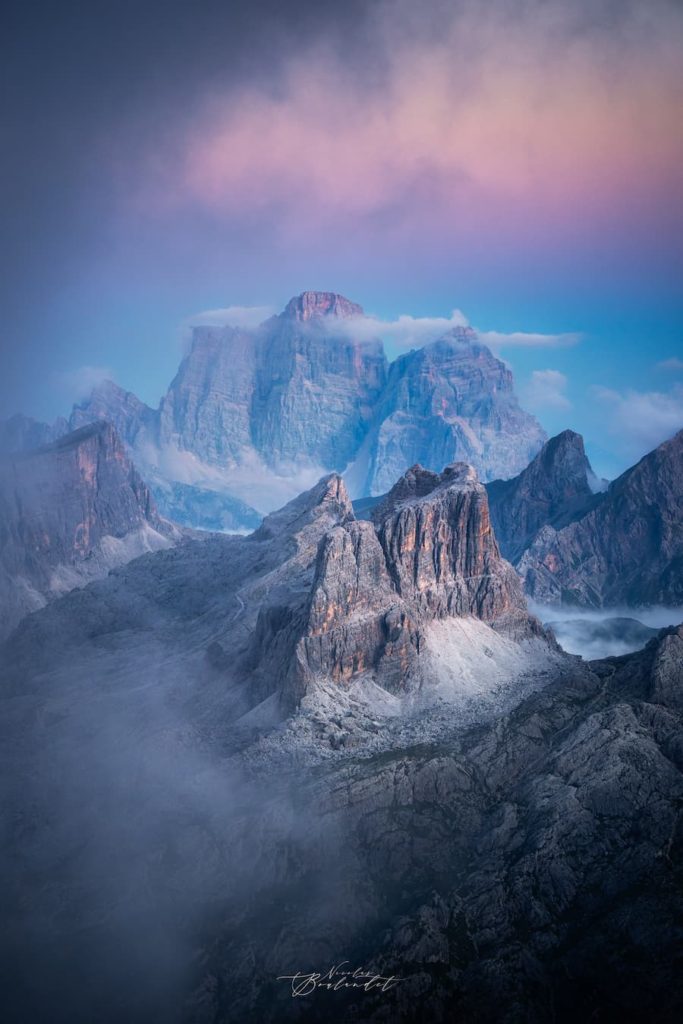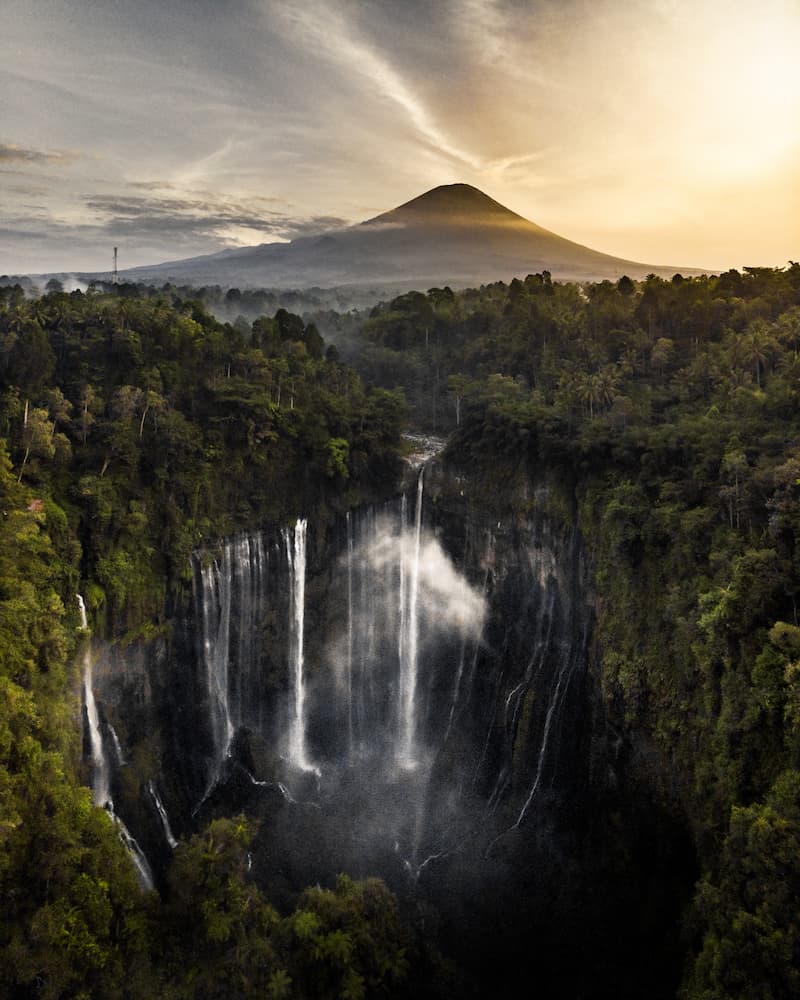
Wildlike Destination
@wildlikedestination
Best of the week 8 at #nomadict 2022
Growing up in war-affected Serbia during the 90s, the general poverty that could be felt across the country was certainly present in our family. However, my parents worked at a local elementary school, a secure state job, so the conditions in our household were a bit better than in many other families. Still, having any kind of camera or computer at the time was a luxury that not so many kids were able to brag about. I spent most of my free time with a friend who owned these gadgets, and naturally, my thirst for owning a computer myself was rapidly growing. At one time, as I recall, I suggested to my grandfather to sell his two-storey house, buy himself a smaller apartment, and get me a camera and a computer. Not to mention that he would be able to live a decent life with the rest of the money.
"It was a good idea in my world, but that was not really a viable option, of course."
During this time, for a few years, I went to a music class. I started by playing the accordion, just to switch it a few months later for a piano. As the years passed, it was visual art that crawled in. One of my earliest memories of trying to express myself creatively and visually is me using a crayon to “correct” an oil Paysage that my father had made years before; he is a sculptor and a painter.
While spending almost three months in a homemade bunker in early 1999 due to a NATO military operation against — at the time — Yugoslavia, it was the literary art that surrounded me for the 78 days of aggression. Reading Honore de Balzac’s ‘Le Pere Goriot’ at the age of 13 would probably not cross the mind of many teenagers, but it was one of those moments I realized that I could clearly visualize what I was reading and it was eye-opening in a way.
"Right after the war ended, and with the accumulation of strange circumstances, I received a gift from my parents out of nowhere. It was a Kodak film camera."
After shooting two rolls of film, and getting those to a photo studio to develop them, I was disappointed to find out that both of these were not usable due to having overexposed each frame. Though, that was just the beginning. My high school years passed by consuming heavy metal and its various subgenres, but photography was always there at the back of my mind. With my discovery of editing tools in the mid-2000s and all the possibilities that they carried, it was yet another step in cementing the art direction I was willing to pursue.
I met my wife Gülin in 2010, and since the beginning, we knew that creativity was one of many driving forces for both of us. Our love for traveling, geography, and history is something that goes hand-in-hand with our love for landscape photography. It was a no-
brainer for us to start Wildlike Destination as a result of that. One of many great things by doing this together is simply having another pair of eyes, and seeing things and scenes from different perspectives. I know that I can rely on her feedback at all times, and the same goes the other way around. Due to the ongoing COVID pandemic, the past two years didn’t grant us as many possibilities as we were hoping for, but we are always on the lookout for new ideas, content, locations…
Turkey is one of those countries that has everything a photographer may wish when it comes to landscapes: mountains, seas on three sides, waterfalls, canyons, hoodoos, lagoons, you-name-it. Its varied landscape is a real paradise for landscape photographers, but also for everyone who appreciates nature. One of our biggest wishes is to traverse the country lengthwise and crosswise. On our latest trip, some of the most photogenic locations we’ve visited include Bolkar Mountains in Niğde Province, Aladağlar mountains, Samandağ coastline in Hatay Province, obviously Cappadocia, and Mount Hasan, to name but a few.
Mount Hasan is a dormant stratovolcano in Aksaray Province, it’s pretty remote from any civilization. We reached the location by driving on snow-covered and frozen unpaved roads. Focus on the road and safety was important here because if we would have been too fixed on the destination and the photos I wanted to take, things could have gone wrong. On our way back, we got stuck on ice a few times, but we prevailed.
I knew that we would be at the location for the sunset and during the blue hour, and so I was scouting to try to come up with something else in addition to my main subject and goal of shooting Mount Hasan. I saw this lone tree on a hill, which by the way had pretty interesting snow patterns, and I captured a few handheld shots. I knew I had something potentially there, so I decided to set up my tripod and frame the shot with the tree in the dead center. I took a few exposures during the blue hour and decided to wait it out. It got colder really fast after the sunset, so I was a bit skeptical if things would work as planned, especially considering a chunky cloud that was threatening to ruin it all. After quite a few cups of tea, and with the sky working in my favor, I took a few shots of the sky and decided to leave. It was not until the next morning that I realized that this shot may actually be the crown of the whole trip. While in the field, I usually try to suppress any kind of excitement, because I don’t really want to get disappointed when I’m back home, sorting the images, haha. Lucky for me, this one turned out to be something.
One of the impressions that I had by observing the scene was remoteness, the detachment of that tree from anything else. The whole landscape over there felt a bit desolate. I could hear dogs barking in the distance, and along with the snow and the cold, I couldn’t help but embrace that bareness. These feelings got even more emphasized with the starry sky. For me, this shot is a celebration of chaos and harmony at the same time. I also tried to convey this in the edit.
Before I start doing any edits to an image, I usually spend some time looking at it and thinking “What is it I want to do with this image? What kind of feeling do I want it to evoke?” Right after I set my mind, which sometimes takes a few days, I start the editing process. That process is pretty straightforward after I know what I want to do.
"With the final image being a time-blended exposure, it is always tricky to get the different segments of the photograph blended without any faults."
I am sure that many photographers will agree that blending trees and the night sky is a double-edged sword— you can never know when and what will go wrong. So the biggest challenge for me while editing was to have everything aligned properly, and then with the help of luminosity masks I could basically define which parts of different exposures I wanted to have included. Furthermore, my idea with editing the image was to complement the feelings and the story from my experience at the moment. That is why I opted for a softer, more glowy touch for the night sky and the snow in the foreground.
I went to a spot with the goal of shooting a mountain peak, but the star of the show was a tiny tree that probably no one ever paid any attention to… I guess many photographers recognize this. So many times I tried to compose an image of the initial main subject, just to realize that it doesn’t work for one reason or another. Having said that, I missed so many opportunities just by not looking around.
Getting early to a location is rewarding as you give yourself the headspace and time to look around and see more – and find some surprising photographs.
Would you like content like this sent to your inbox?
BEST OF THE WEEK JUNE 2021
BEST OF THE WEEK MAY 2021
BEST OF THE WEEK APRIL 2021
BEST OF THE WEEK MARCH 2021
BEST OF THE WEEK FEBRUARY 2021
BEST OF THE WEEK JANUARY 2021
NOMADICT
ART GALLERY
THE LATEST STORIES
WRITEN WITH PASSION TO INSPIRE YOU
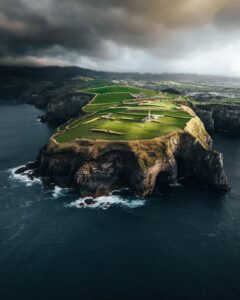
Photo tour in Azores, Portugal
Join us in the Azores for a unique photo tour, where you’ll elevate your creative skills with expert guidance from Ronald Soethje, Bruno Ázera, and Nomadict.
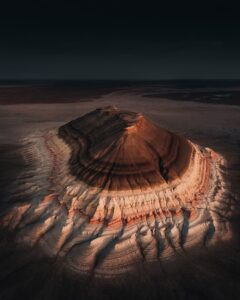
Forest Kai (@forest1kai): Photographer based in the US
In this article, Forest shares how years of chasing scale, silence, and raw landscapes shaped his approach to photography, from the deserts of Kazakhstan to the volcanic ridges of Iceland. He talks about how he uses light, texture, and vast negative space to create images that feel both intimate and overwhelming.
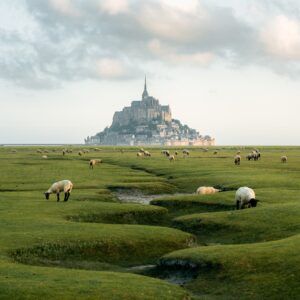
Simon Hechtbauer (@roamwithsimon): Best of the Week 32 at #nomadict
Simon shares the journey behind his photography, from early inspirations to field techniques, editing, and the story of the winning shot that shaped his path.

Miroslav Maršík (@miromarsik): Photographer based in Czech Republic
In this article, Miro shares how his love for cinematic music evolved into a deep passion for photography and how he uses light, color, and atmosphere to turn the streets of Prague into living film scenes.

Aurora photography panorama workflow: A guide to camera settings, editing, and color
In this article, Stefanie reveals how her background in physics sparked her passion for astrophotography and how she blends science with creativity to capture the beauty of the night sky. Readers will discover her approach to color, contrast, and editing, as well as her aurora photography workflow.

Yhabril (@yhabril): Best of the Week 33 at #nomadict
Spanish photographer Yhabril captures the profound connection between humans and the mountains that shaped him. Growing up in the Pyrenees, his work bridges outdoor sports, landscapes, and celestial scenes — often blending athletes, moonlight, and wilderness into striking visual stories.

Ariane Totzke (@besondersschwierig): Photographer based in Switzerland
In this article, Ariane shares how photography helped her navigate personal challenges, connect authentically with people and animals, and develop a philosophy rooted in empathy and artistic freedom. Readers will also discover her ethical approach to wildlife photography and her trusted equipment for both camouflage techniques and cameras.

How to photograph Dutch tulip fields: A guide to light, gear, composition, and colors
Discover how to photograph Dutch tulip fields in their most magical light. From choosing the right gear and lenses to mastering composition, color, and aerial perspectives, this guide shares creative techniques to capture the beauty of the Netherlands’ tulips. Learn how light, color grading, and proportion bring emotion into every frame.
